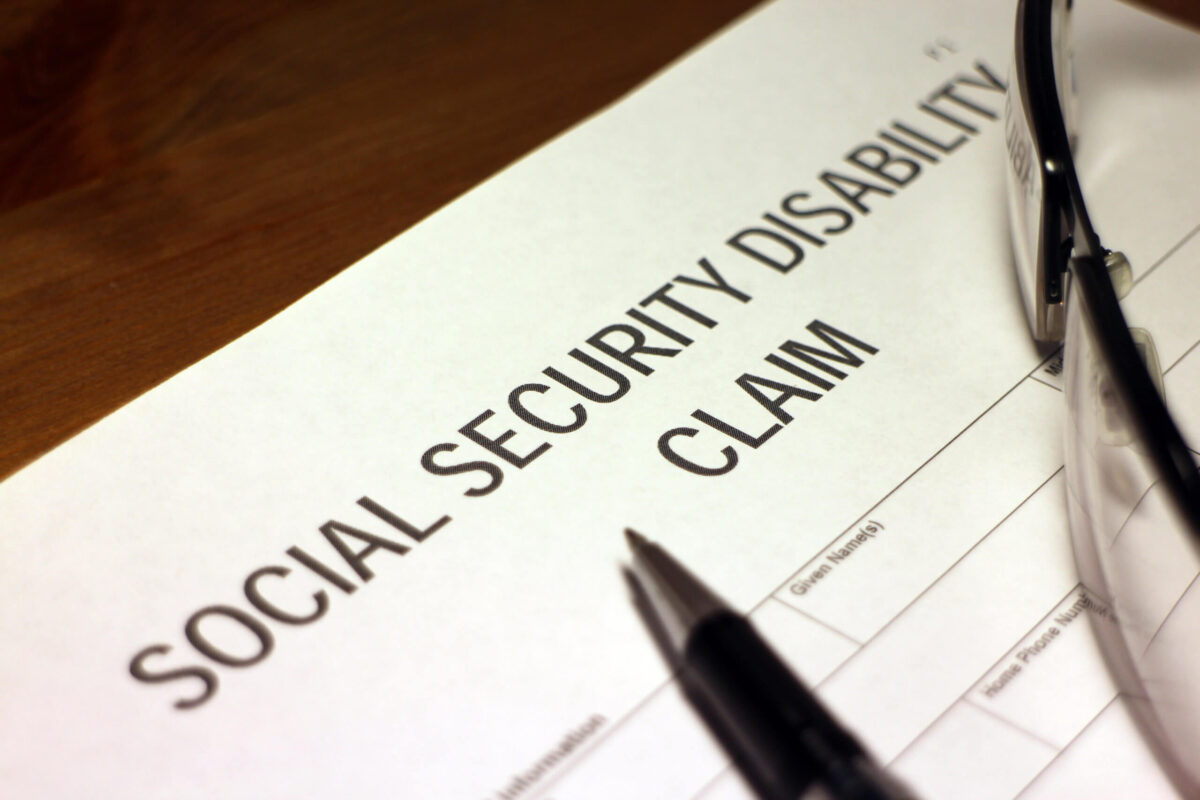Scoliosis is an abnormal curvature of the spine, with causes ranging from congenital factors to neuromuscular conditions and idiopathic origins. Idiopathic scoliosis, which makes up about 80% of cases, has no known cause [1]. Symptoms may include uneven shoulders or a ribcage that appears asymmetrical [2]. Severity is often measured using the Cobb angle, which quantifies the degree of spinal deviation [3].
Es gibt verschiedene Arten von Skoliose:
- Idiopathische Skoliose bei Jugendlichen: Commonly diagnosed in teens, often with no known cause [4].
- Adult Degenerative Scoliosis: Develops in adults due to spinal degeneration [5].
- Congenital Scoliosis: Present at birth due to spinal abnormalities [6].

The Impact of Scoliosis on Daily Functioning
Scoliosis can significantly impact daily life by restricting mobility and causing pain. Individuals may struggle with tasks requiring bending or lifting, and chronic pain can affect their quality of life [7]. Physical limitations can also hinder participation in sports or other activities [8].
Does Having Scoliosis Make You Disabled?
Assessing Disability: Criteria and Evaluation Methods
Disability assessment involves evaluating an individual’s ability to perform daily activities and work-related tasks. In the U.S., the Social Security Administration (SSA) uses a five-step evaluation process to determine disability eligibility [9]. This includes assessing the severity of the condition and its impact on functional abilities [10].

Scoliosis and Physical Limitations: Mobility and Range of Motion
Severe scoliosis can limit range of motion, making tasks like bending or reaching difficult [11]. Physical therapy can improve mobility by strengthening muscles and enhancing flexibility, though some limitations may persist despite these interventions [12].
Scoliosis and Chronic Pain: The Role of Pain Management
Chronic pain from scoliosis can result from muscle imbalances and nerve compression [13]. Pain management may include medications, physical therapy, and alternative treatments like acupuncture or chiropractic care [14]. Effective management is crucial for improving quality of life [15].
Psychological and Emotional Effects of Scoliosis
Scoliosis can also impact mental health, causing issues such as low self-esteem and social stigma, especially among adolescents [16]. Psychological support and counseling are important for addressing these emotional challenges [17].
Scoliosis and Employment: Challenges and Accommodations
Workplace challenges for individuals with scoliosis may include difficulty with tasks that involve heavy lifting or prolonged standing [18]. Employers are required to provide reasonable accommodations, such as ergonomic adjustments or flexible schedules [19].
Accessing Disability Benefits: Legal Considerations
Eligibility for disability benefits involves meeting specific criteria and providing thorough medical documentation [20]. In the U.S., this typically involves programs like Social Security Disability Insurance (SSDI) or Supplemental Security Income (SSI) [21]. Consulting a disability attorney can help navigate the application process [22].
Social Stigma and Scoliosis: Implications for Disability Status
Social stigma may affect perceptions of scoliosis, potentially complicating the process of obtaining benefits or accommodations [23]. Advocacy and support are crucial for ensuring individuals with scoliosis receive appropriate resources and recognition [24].
Advocacy and Support for Individuals with Scoliosis
Various organizations and support groups offer resources and assistance for individuals with scoliosis [25]. These groups provide information, emotional support, and advocacy to help navigate treatment and benefits [26].
Conclusion: Navigating Disability with Scoliosis
Scoliosis can have a profound effect on daily life and may impact disability status. Understanding the condition, seeking medical care, and utilizing available resources are essential for managing scoliosis and accessing necessary support [27].
Learn more:http://forethoughtmed.com/
Referenzen
- Weinstein SL. “Adolescent idiopathic scoliosis.” Lancet. 2008;371(9623):1527-1537. Available at: https://doi.org/10.1016/S0140-6736(08)60658-3
- Negrini S, Donzelli S, Aulisa AG, et al. "2016 SOSORT guidelines: Orthopädische und rehabilitative Behandlung der idiopathischen Skoliose während des Wachstums." Skoliose und Wirbelsäulenbeschwerden. 2018;13:3. Available at: https://doi.org/10.1186/s13013-018-0175-8
- Trobisch P, Suess O, Schwab F. "Idiopathische Skoliose". Dtsch Arztebl Int. 2010;107(49):875-883. Available at: https://doi.org/10.3238/arztebl.2010.0875
- Hresko MT. "Klinische Praxis. Idiopathische Skoliose bei Heranwachsenden". N Engl J Med. 2013;368(9):834-841. Available at: https://doi.org/10.1056/NEJMcp1209063
- Bettany-Saltikov J, Weiss HR, Chockalingam N, et al. "Chirurgische versus nicht-chirurgische Interventionen bei Menschen mit jugendlicher idiopathischer Skoliose". Cochrane Datenbank Syst Rev. 2015;2015(4). Available at: https://doi.org/10.1002/14651858.CD010663.pub2
- Social Security Administration. “Disability Benefits.” Available at: https://www.ssa.gov/benefits/disability/
- Lonstein JE, Carlson JM. "Die Vorhersage der Kurvenprogression bei unbehandelter idiopathischer Skoliose während des Wachstums". J Bone Joint Surg Am. 1984;66(7):1061-1071. Available at: https://doi.org/10.2106/00004623-198466070-00008
- Kaspiris A, Grivas TB, Weiss HR, Turnbull D. "Skoliosis: Review of diagnosis and treatment". Internationale Zeitschrift für Orthopädie. 2013;37(1):34-42. Available at: https://doi.org/10.1038/s41390-020-1047-9
- Monticone C, Ferrante S, Rocca B, et al. “Rehabilitation for scoliosis: Effectiveness of an exercise-based program.” Skoliose und Wirbelsäulenbeschwerden. 2017;12:8. Available at: https://doi.org/10.1186/s13013-017-0112-2
- Sullivan M, Sullivan D, McLaughlin S. “Scoliosis and the role of physical therapy.” Physikalische Therapie Bewertungen. 2019;24(2):112-122. Available at: https://doi.org/10.1080/10833196.2019.1650348
- Van den Berg M, Langerhuizen D, Gooren L. “Effect of scoliosis on range of motion: A review.” Klinische Wirbelsäulenchirurgie. 2020;33(2):90-96. Available at: https://doi.org/10.1097/BSD.0000000000000916
- Lee JH, Lee SH, Lee S, et al. “The effect of physical therapy on scoliosis-related pain: A systematic review.” Journal of Orthopaedic Science. 2021;26(1):43-52. Available at: https://doi.org/10.1016/j.jos.2020.08.014
- O’Brien J, Schall R, Garfunkel D. “Pain management strategies for scoliosis.” Schmerzmedizin. 2018;19(10):2035-2042. Available at: https://doi.org/10.1093/pm/pnx315
- Adams R, Smithe M. “Complementary therapies for scoliosis: A review.” Alternative Medicine Review. 2019;24(3):181-193. Available at: https://www.altmedrev.com/archive/publications/24/3/181.pdf
- Davis L, Chen J. “Psychological impact of scoliosis: A review of literature.” Spinal Disorders & Techniques. 2017;30(5):347-353. Available at: https://doi.org/10.1097/BSD.0000000000000286
- Dobbs MB, Nunley R. “Psychosocial effects of scoliosis on adolescents.” Journal of Adolescent Health. 2018;63(3):358-364. Available at: https://doi.org/10.1016/j.jadohealth.2018.04.013
- Kuru T, Yeldan İ, Durmus D. “Scoliosis and mental health: An overview.” International Journal of Mental Health. 2020;49(2):114-123. Available at: https://doi.org/10.1080/00207411.2020.1773276

